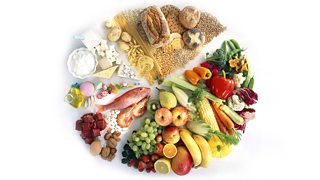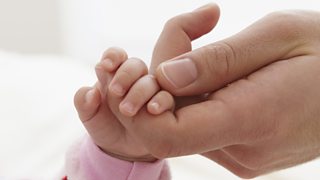Importance of nutrients to the body
A healthy diet throughout life promotes healthy pregnancy outcomes, supports normal growth, development and ageing, helps to maintain a healthy body weight, and reduces the risk of chronic disease leading to overall health and well-being.
Benefits of healthy eating
A diversified, balanced and healthy diet will vary depending on:
- age
- gender
- lifestyle
- degree of physical activity
- cultural context
- locally available foods
- dietary and food customs.
The basic principles of what constitute a healthy diet remain the same.
Healthy food starts with a healthy diet in pregnancy (external site), continues with breastmilk for babies (external site) and is important for children and teenagers (external site) and adults (external site) and with ageing.
People who regularly eat:
- more foods high in energy, fats, free sugars or salt/sodium and
- do not eat enough fruit, vegetables and foods with whole grains
are more likely to develop chronic diseases (external site) like diabetes, heart disease and cancer.
A balanced diet
A balanced diet is a diet in which all the components needed to maintain health are present in appropriate proportions.
The ‘eatwell plate’ shows the proportions of the different components that should be eaten daily in a well-balanced diet.

A balanced diet should include appropriate proportions of carbohydrate, protein, lipid, vitamins, minerals, water and dietary fibre.
Energy requirements
The amount of energy we need varies. This is due to the following factors:
- age
- activity levels
- pregnancy
Age
The amount of energy we need tends to increase as we approach adulthood.
| Age in years | Daily energy requirement in KJ |
|---|---|
| 0 (newborn) | 2,000 |
| 2 | 5,000 |
| 6 | 7,500 |
| 13 (girl) | 9,000 |
| 13 (boy) | 11,000 |
| 16 (girl) | 9,000 |
| 16 (boy) | 12,000 |
 A baby needs much less energy than a teenager or an adult
A baby needs much less energy than a teenager or an adult
The energy needs of adults go down as they age. For example, people in their 50s need about 17% less energy in their diet than people in their 30s.
Activity levels
People who are active tend to need more energy than sedentary people. For example, an adult office worker might need 10,000 kJ per day, but a manual worker might need 15,000 kJ per day.
Pregnancy
In general, the greater a person’s mass, the more energy they need. Men tend to need more energy than women, and a woman’s energy needs increase when she is pregnant. This is mainly because she is carrying extra mass.

